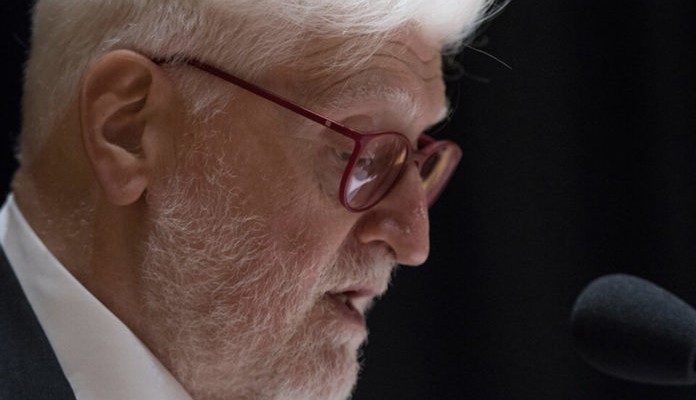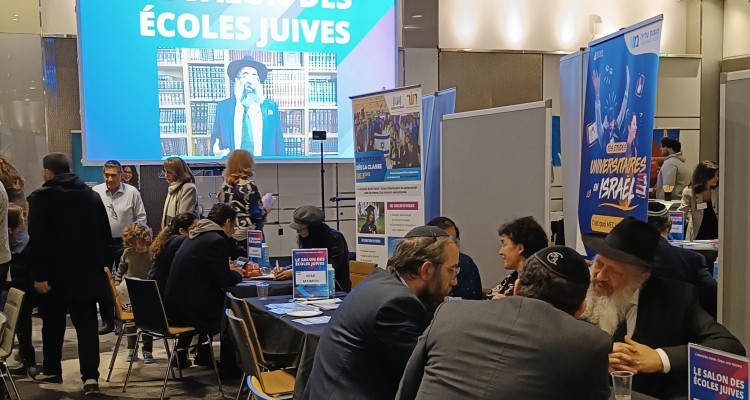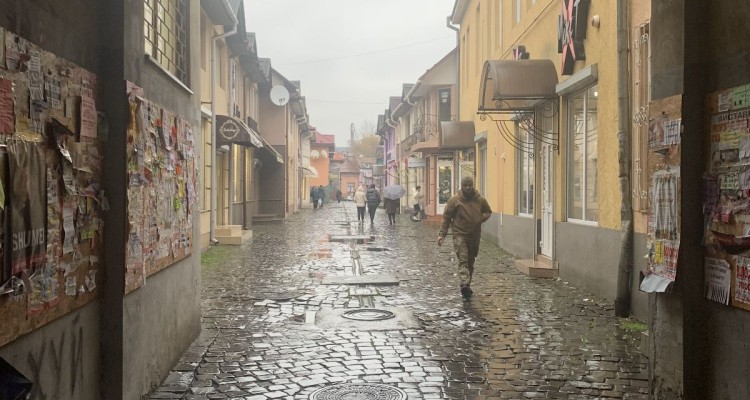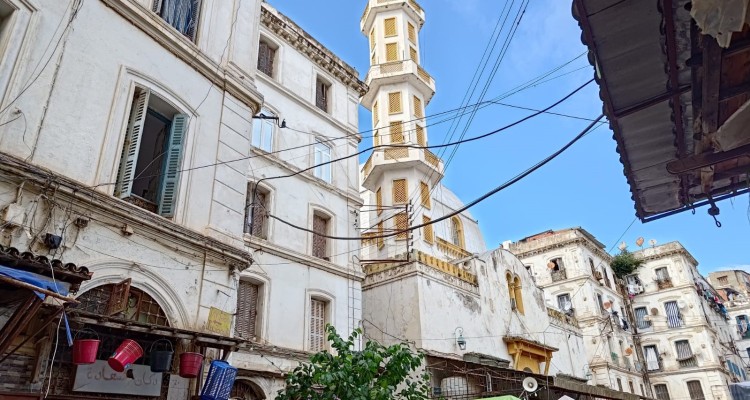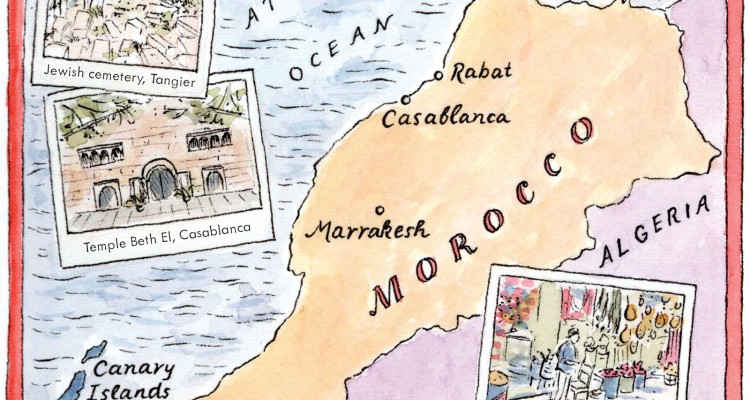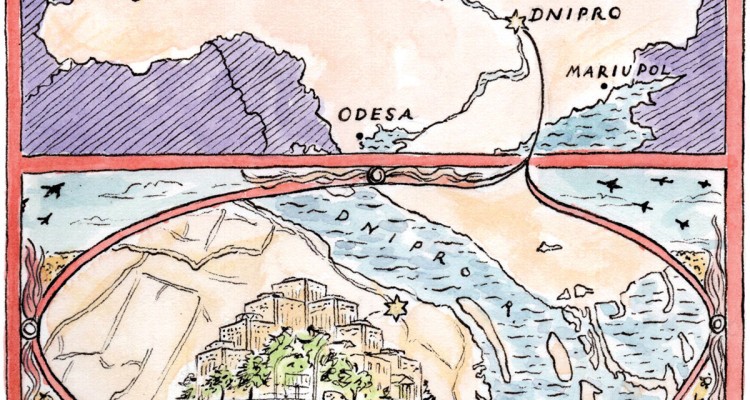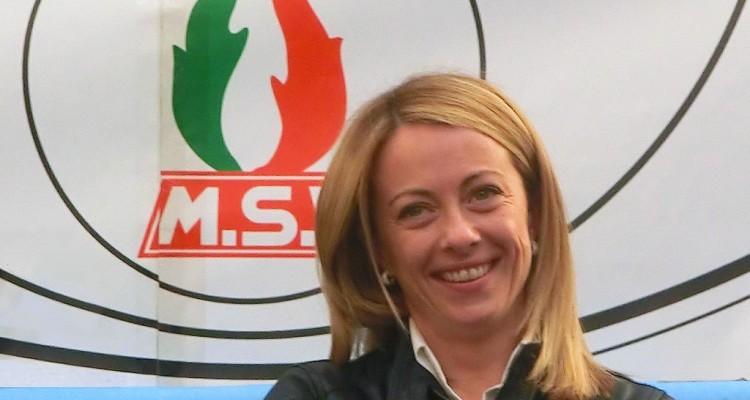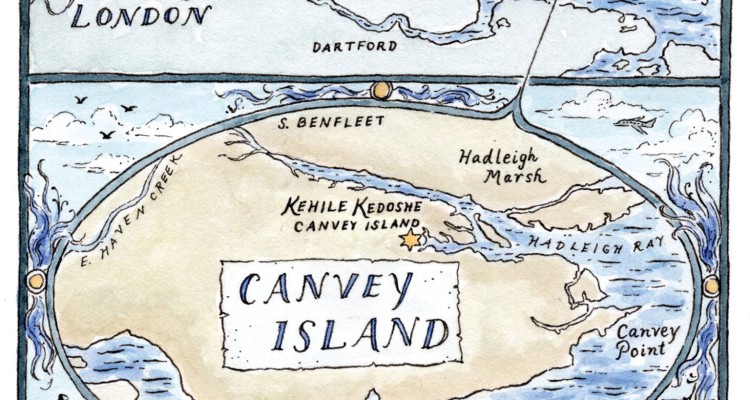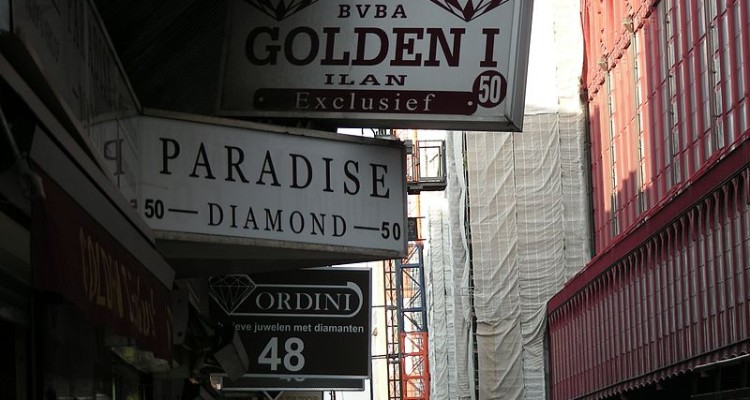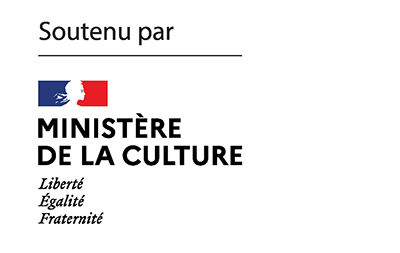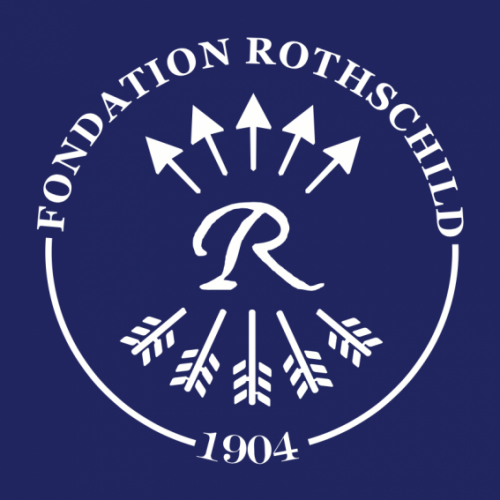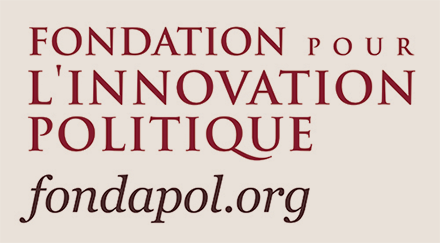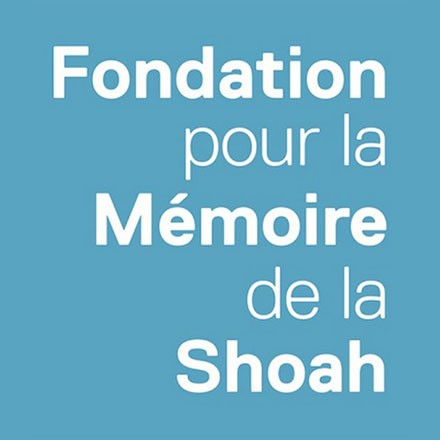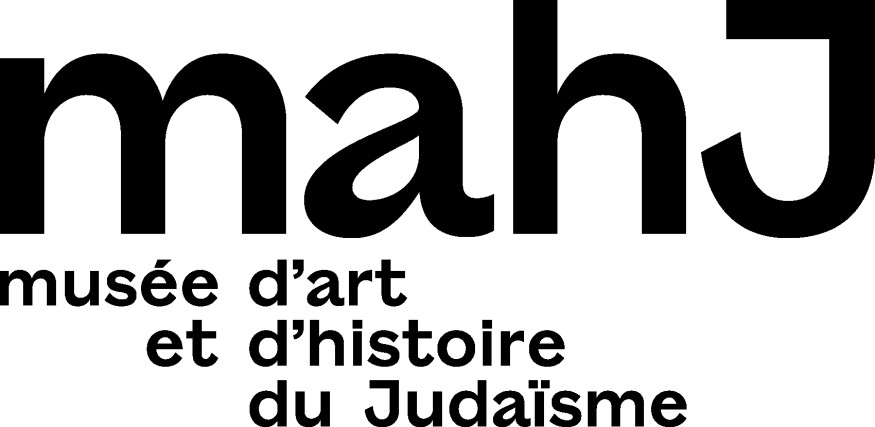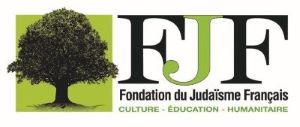Reports
On Friday 17 February, 2023, a few hours before the start of Shabbat, the Greek Jewish world was shocked to learn of the death of Moses Elisaf, the Mayor of the city of Ioannina and President of its historic Jewish community. In Greece, from the Head of State to members of the government, parliamentarians, foreign ambassadors and the general public, they all expressed their grief at the news and large crowds attended the funeral. Everyone expressed their admiration for the man’s achievements. Leon Saltiel, who interviewed him for K. a few months before his death, talks about the career and role played by this key figure of Greek Jewish identity and the void he leaves behind.
Enrolling one’s children in a Jewish school has become an increasingly common choice for Jewish families in the Paris region. What changes have the schools undergone? What do they offer? Do the expectations of the new generations still correspond to those of their elders? Visit the “Choisir l’école juive” [Choosing Jewish Schools] association, which assists parents in their application process.
Rabbi of the Massorti community in France, Yeshaya Dalsace went to Ukraine to Munkács – Moukatchevo in Ukrainian – where only a hundred Jews remain. A rabbinical conversion commission was recently organized there for about fifteen people. The process, which began years ago, had been suspended by the war. A travelogue.
Joseph Benamour had already wondered in K. whether there were any Jews left in Algeria; today he investigates the need, so present among certain young Sephardic Jews of the second or third generation, to go to North Africa. Why and how do they think they will find a part of their history there? What role does family nostalgia play in these quests for identity?
The Moroccan Jewish community now numbers only between 1500 and 2000 members. It is aging quietly, without renewal, in a Jewish Morocco that is a mixture of kitsch, nostalgia and ghostly presence, but where Israeli tourists are increasingly numerous. After his postcards, sent first from Canvey Island, near London, and then from Ukraine, journalist Anshel Pfeffer sends us a letter from Morocco this week.
In 2014, journalist Anshel Pfeffer discovered Ukraine and what appeared to him at the time as a “new Jewish frontier.” He returned to the war-torn country wondering if the Jews of Ukraine still had a future.
The Italian elections that have just taken place mark a first. Not only because never before had a woman become Prime Minister in Italy, but above all because never before had the party that won the relative majority been a political force that had inherited – more or less directly – the fascist tradition. Therefore, the question arises: does the consecration of Fratelli d’Italia represent a danger for Italian Jews?
In recent years, the small town of Canvey Island, an hour from London, has seen a small ultra-Orthodox community settle and grow, led by a new generation. Journalist Anshel Pfeffer went to meet this community and tells the story of the evolution of the haredi world that it symbolizes. A fascinating dive into this little-known part of the contemporary Jewish world whose internal developments are sometimes difficult to grasp.
Antwerp and its diamonds. Nathalie Skowronek introduces us to a world that is disappearing. The author went around the city to meet the sons, grandsons and great-grandsons of Antwerp’s diamond merchants, who understand that “for them it’s all over” and see that “English has finally buried their Yiddish.”
Join us
With the support of:
Thanks to the Paris office of the Heinrich Böll Foundation for their cooperation in the design of the magazine’s website.
